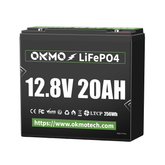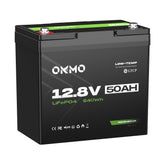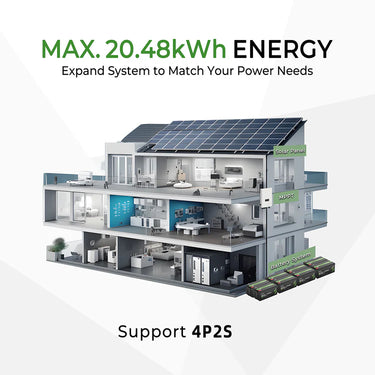Whta is Lithium-ion Stacked Batteries ?

Lithium-Ion Stacked Batteries refer to a type of lithium-ion battery system that is constructed by stacking multiple battery cells. This design is typically used to increase the battery's capacity, stability, and output power. Simply put, “stacked” refers to combining multiple cells in parallel or series to create a more powerful battery pack. This technology is widely used in electric vehicles, portable devices, and is also critical in home energy storage and industrial power solutions.

1. How Lithium-Ion Stacked Batteries Work
The core working principle of lithium-ion stacked batteries is similar to that of regular lithium-ion batteries. Each cell consists of a positive electrode, negative electrode, separator, and electrolyte, which facilitate the charging and discharging process of lithium ions to store and release energy. In a stacked battery design, multiple cells are connected either in parallel or series:
- Series Configuration: The voltage of the battery pack increases, while the capacity remains the same.
- Parallel Configuration: The capacity of the battery pack increases, while the voltage remains the same.
Through such combinations, the required voltage and capacity can be achieved to meet different power demands.

2. Advantages of Lithium-Ion Stacked Batteries
- High Energy Density: The stacked design allows for an effective increase in the capacity and energy output of the battery, making it ideal for applications requiring high capacity, such as electric vehicles and energy storage systems.
- Flexibility: Users can adjust the capacity and voltage of the battery pack based on specific power requirements.
- Safety: By properly managing and protecting the health of each individual battery cell, a stacked battery can offer higher stability and reduce potential safety risks, such as short circuits or overheating.
- Longer Lifespan: Since each battery cell can be individually managed, the stacked design helps extend the overall lifespan of the battery pack.
3. Applications of Lithium-Ion Stacked Batteries
- Electric Vehicles (EVs): Stacked battery technology is widely used in electric vehicles to provide higher driving range and stable power output.
- Energy Storage Systems: In both residential and industrial energy storage systems, stacked battery cells are used to meet large-scale energy storage needs.
- Portable Power and Tools: Stacked batteries are also commonly found in large-capacity mobile power sources and outdoor power products.

 4. Challenges and Future
4. Challenges and Future
While lithium-ion stacked batteries have many advantages, there are some challenges such as high cost, slow charging speed, and the complexity of battery pack management. With the advancement of technology, more efficient, safer battery management systems and faster charging technologies are expected to emerge, further enhancing the performance of stacked batteries.
Overall, lithium-ion stacked batteries perform excellently in applications requiring high energy density and high power output. With their growing potential in renewable energy, transportation, and smart devices, stacked batteries are expected to play an even more critical role in future energy solutions.









